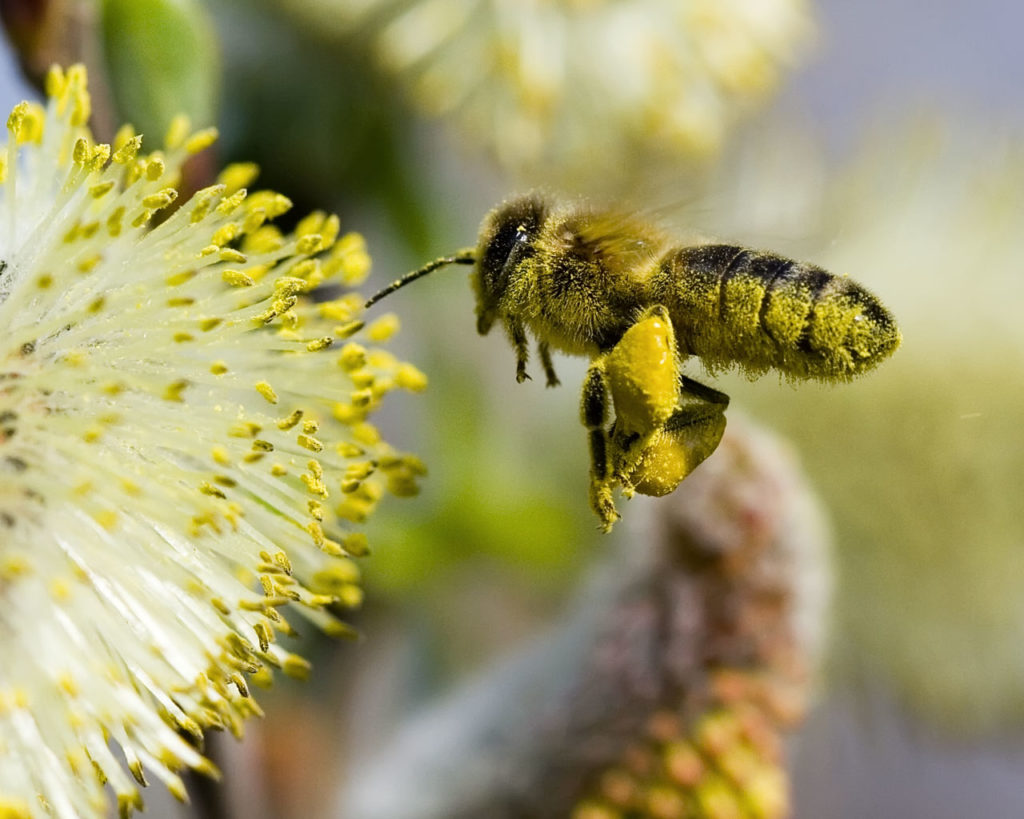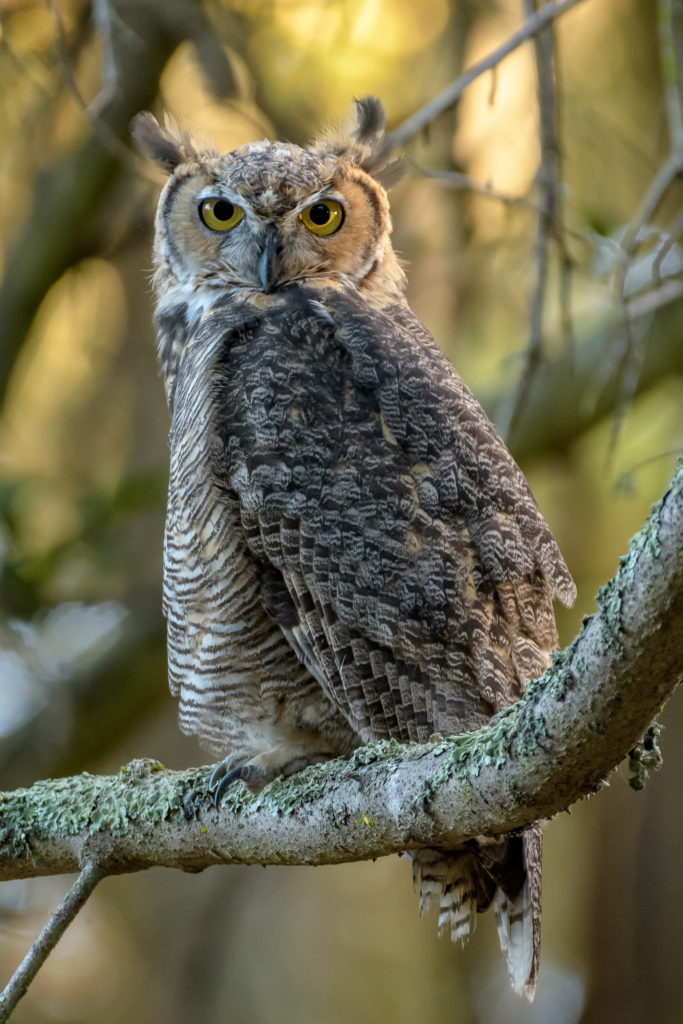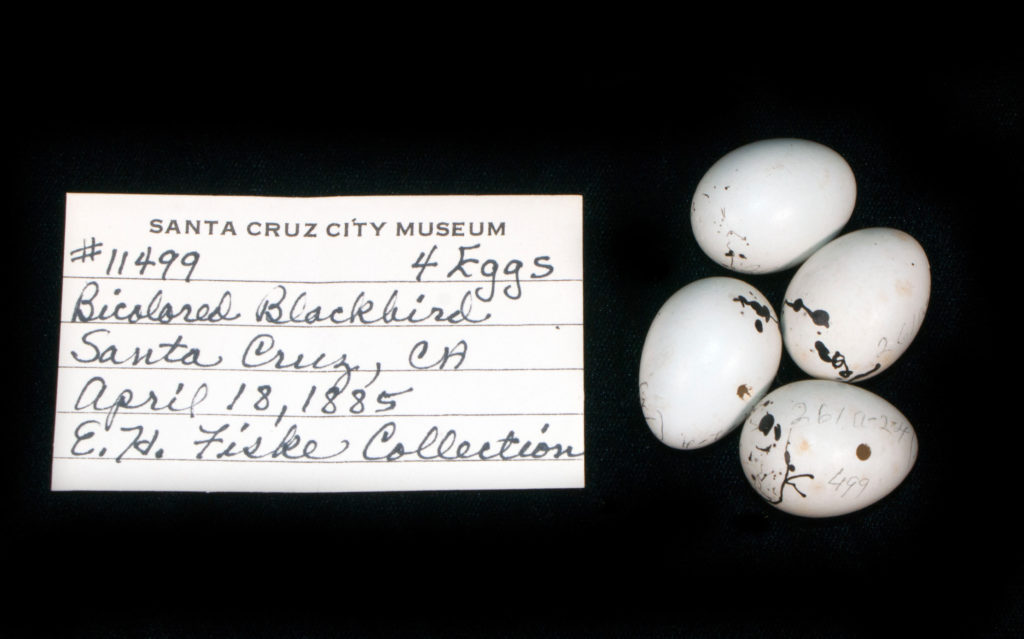
As we enjoy the blooms of spring, we have many creatures to thank. Show us what you already know about pollinators by playing a matching game! Then go on a scavenger hunt to continue learning about pollinators around your home.
Preparation:
- Print out Pollinator and Flower Sheets. Cut out cards. Fold each card at the middle line so one side shows the image and the other side shows the information. (you can tape, glue or staple so that it stays together).
- Print out Pollinator Scavenger Hunt Data Sheet to use after the matching game
Matching Game:
Show off what you know and match the picture of a pollinator with the picture of a flower you think they would be most attracted to. Check your answers using the information on the back of each image.
- Go on a pollinator scavenger hunt! Look out your window or go outside into your backyard or neighborhood. Use your data sheet to record what you find.
- There are many more pollinators in the world than are included in the pollinator matching game. What new pollinators do you notice? Take the time to look inside flowers and smell them too!
- Choose one of the new pollinators you saw to learn more about. Then make your own pollinator card to add to the game!
- You can use the pollinator and flower cards as a guide to make your own card.
- Cut a piece of paper to match the size of the cards. Draw a picture of the pollinator one one side and then flip over to write facts from the links below on the opposite side.
Questions to think about:
Have you heard of a pollinator? What do they do?
What are some pollinators that you have seen before?
More Information
Click here to learn more about pollination and pollinators
Click here to learn how to help protect pollinators
Explore more resources about pollinators in our Online Museum Store.
Post by Elise


